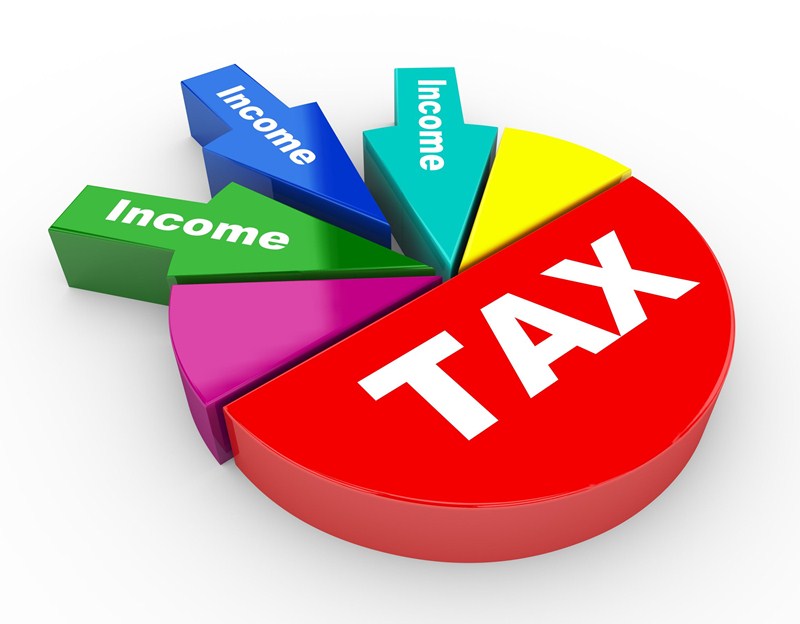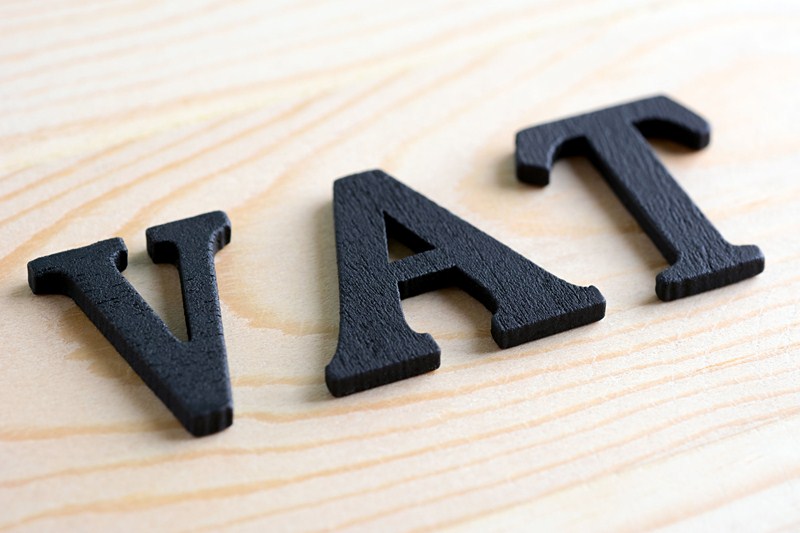The Construction Industry Scheme (CIS) is a set of special rules for tax and National Insurance for those working in the construction industry. Businesses in the construction industry are known as 'contractors' and 'subcontractors' and should be aware of the tax implications of the scheme.
Under the scheme, contractors are required to deduct money from a subcontractor’s payments and pass it to HMRC. The deductions count as advance payments towards the subcontractor’s tax and National Insurance.
Contractors are defined as those who pay subcontractors for construction work or who spent more than £3m on construction a year in the 12 months since they made their first payment.
Subcontractors do not have to register for the CIS, but contractors must deduct 30% from their payments to unregistered subcontractors. The alternative is to register as a CIS subcontractor where a 20% deduction is taken or to apply for gross payment status whereby the contractor will not make a deduction, and the subcontractor is responsible to pay all their tax and National Insurance at the end of the tax year.
In practice the subcontractor company could apply the off-set rules and must simply reduce their PAYE, NIC, any CIS liabilities and student loan repayments due from company employees or their own subcontractor’s, by the amount of any CIS deductions the subcontractor company made from their payments.
If in any month or quarter the company’s own CIS deductions are greater than the total liabilities due, the company can set-off the excess against future payments of PAYE, NIC, or CIS liabilities and student loan repayments due in the same tax year.
The subcontractor company must keep a record of the amounts set-off in order to fully complete the form P35 at the end of the tax year.
Source:HM Revenue & Customs| 24-01-2022












